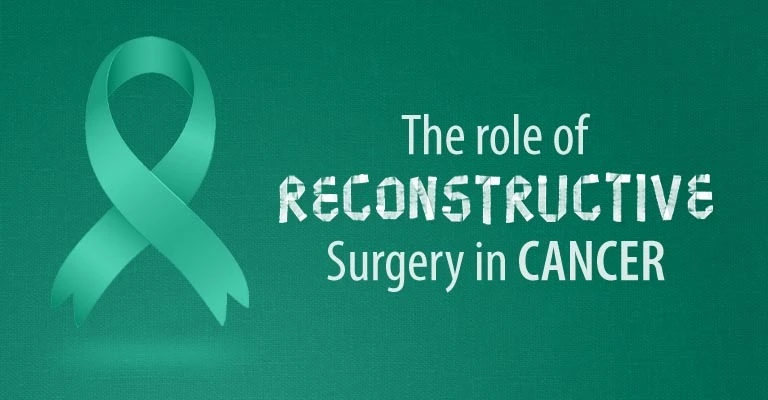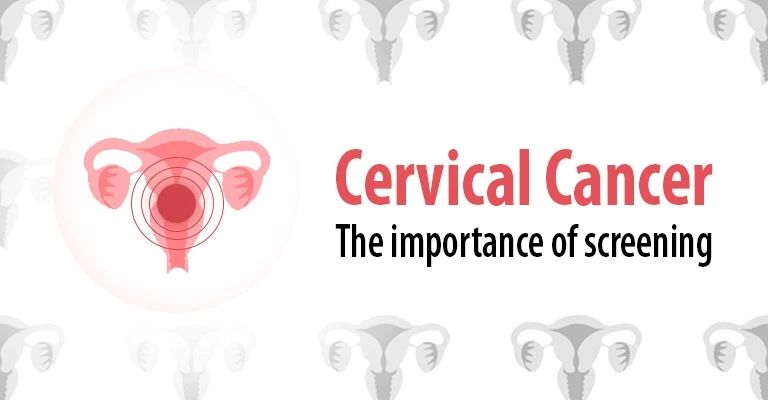
Our larynx or voice box makes up the ‘Adam’s apple’ bump in the middle of the neck and enables us to speak, breathe and swallow. Laryngeal cancer is an uncontrolled growth of cells in the larynx.
A few quick facts about laryngeal cancer
- It’s the most prevalent form of head and neck cancer
- Symptoms could comprise persistent hoarseness, a lump in the neck or difficulty swallowing
- Men are more prone than women, particularly those past 60
- Smoking and alcohol can raise the risk of voice box cancer
- 1 in 4 people with a prior history can get this cancer again
- Those exposed to certain harmful substances like sulfuric acid mist, wood dust, nickel, etc are more at risk
- You should see a doctor if hoarseness doesn’t go away in 2-3 weeks
What are the common symptoms of laryngeal cancer?
Common signs and symptoms include:
- Hoarseness that won’t go away
- Difficulty breathing and/or swallowing
- Nagging sore throat
- Lump in the neck
- Pain in the ear
- Blood with cough
It’s absolutely critical to rush to a doctor if you experience any of these symptoms, more so with the high-risk groups.
How is laryngeal cancer diagnosed?
- The doctor can examine your voice box using a thin flexible viewing tube
- Perform a biopsy of the larynx under sedation or general anaesthesia
- If cancer is found, the doctor would look for metastasis through imaging tools like chest X-ray, CT and PET scan
What are the different stages of laryngeal cancer?
Staging of the cancer constitutes part of the diagnosis so that precise treatment pathways can be arrived at.
- Early laryngeal cancer means the cancer has not spread beyond the voice box
- Advanced laryngeal cancer would refer to stages 3 and 4 when the cancer has invaded lymph nodes and other parts of the body
How is laryngeal cancer treated?
Treatment of laryngeal cancer involves a multi-disciplinary approach, engaging a bunch of experts like head and neck surgeons, radiation and medical oncologists, ENT surgeons, dental/oral surgeons, etc. Treatment protocols include:
- Radiation therapy: In this treatment, high-energy targeted radiation beams are delivered to kill cancer cells. Caution is taken to ensure that the surrounding healthy tissues remain unharmed.
- Chemotherapy: Certain medications are administered (sometimes intravenously) to slow down the growth of or kill cancer cells.
- Immunotherapy: Also known as biologic therapy, this treatment uses the body’s own immune system to combat cancer.
- Surgery: In the case of early-stage cancer, the tumour can often be surgically removed without affecting the ability to speak or swallow. For advanced cancers though, very often the entire voice box needs to be removed.
Sometimes a patient might need a combination of therapies to fight the cancer, like chemo or radiation therapy post-surgery to kill residual cancerous cells.
What is the prognosis/outlook for patients with laryngeal cancer?
The outlook depends on the stage of cancer and also the overall health of the patient as well as his/her age. Of course, the prognosis is much better for early-stage laryngeal cancer than if the cancer has metastasized. If the patient stays healthy for 5 years, the chances of cancer recurring are minimal.


















